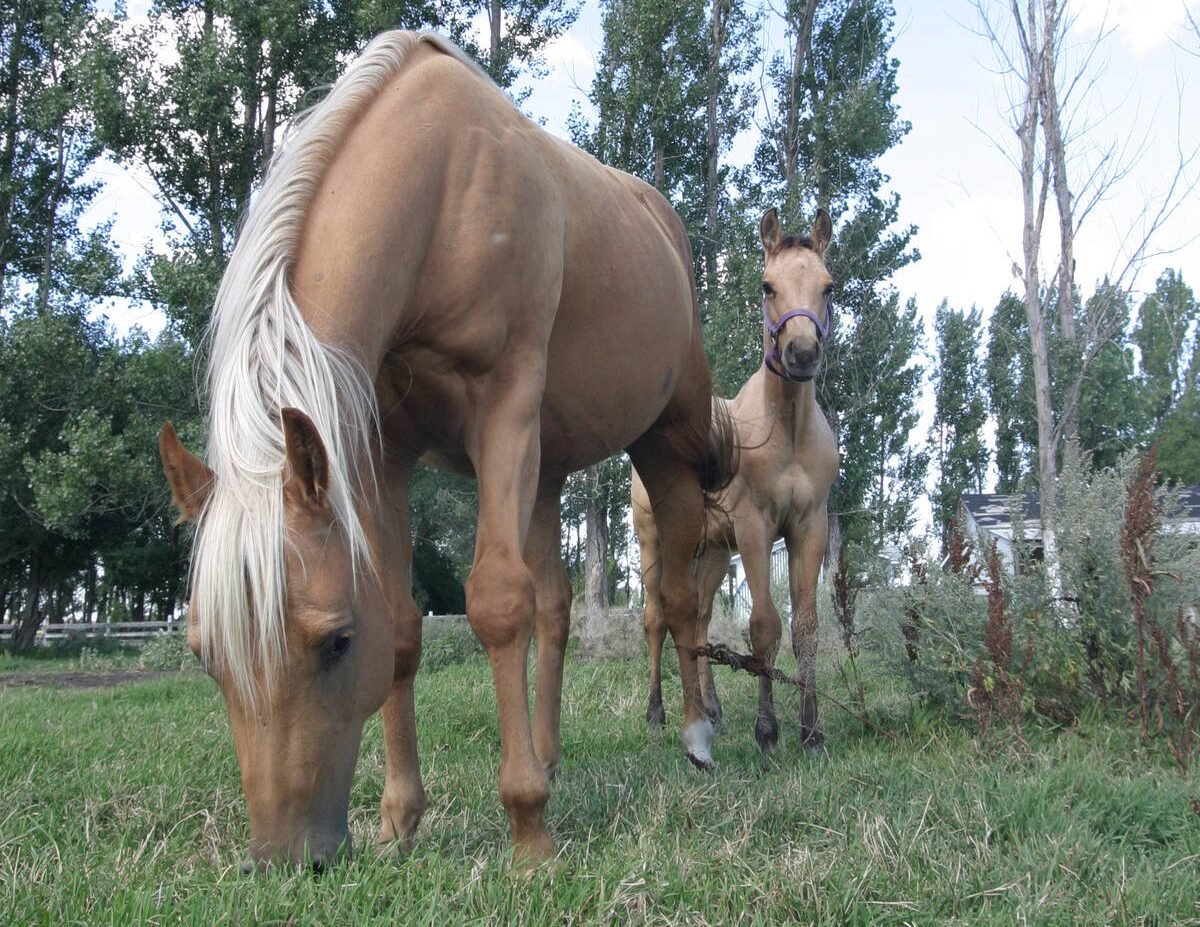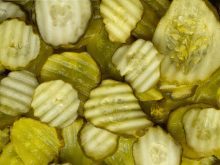Everyone in the cattle business – and quite a number who weren’t – remembers what they were doing on May 20, 2003.
The announcement that BSE had been found in one Alberta cow was an epochal event against which all industry events are now measured: before BSE, and after.
Little did northern Alberta farmer Marwyn Peaster know, when he took one of his cows to the slaughter plant one day last spring, that his act would have national and international repercussions that continue to challenge us.
And as we mark the one-year anniversary of news about this apocalypse cow, the Producer this week contains 10 pages on the situation, the fallout and the changes wrought on Canadian agriculture. The package is an acknowledgement of damage as well as a presentation of thoughts and assessments from those equipped to make them.
Read Also

Growth plates are instrumental in shaping a horse’s life
Young horse training plans and workloads must match their skeletal development. Failing to plan around growth plates can create lifelong physical problems.
At this time last year we all thought the border closure would be short-lived and solved through the application of sound science. As it turned out, such naivete was by no means unusual. Sources inside told us so.
Who would have thought, 12 months ago, that healthy Canadian cattle would still be banned by our trading partners? And that so many of those who took the deadly blows of export losses and low prices have been able to stand against them?
In the past few weeks our reporters interviewed many people perplexed by the problem but no one who is paralyzed by it.
We’d be kidding ourselves if we imagine there aren’t any people in the latter group, but one year later, the resiliency of those in the cattle industry has shown itself in spades.
Some good may be salvaged from the year’s events. We know more about our weaknesses and we’ve learned our strengths. We’ve examined our animal health systems, our food safety issues, our consumer confidence, our traceback and our dependence on export markets. We have taken action and continue to take action.
And what a high price we have paid.
This column would be remiss if it didn’t acknowledge the challenges still ahead for the Canadian cattle industry.
Some predict the U.S. border will open to live cattle within months. Others offer distressing predictions that it won’t open until after the November presidential election.
There’s a famous quote in the movie Apocalypse Now that we dare to adapt here in the epic of Apocalypse Cow: Don’t you just love the smell of politics in the morning?
Those in the Canadian cattle industry, we salute you.















